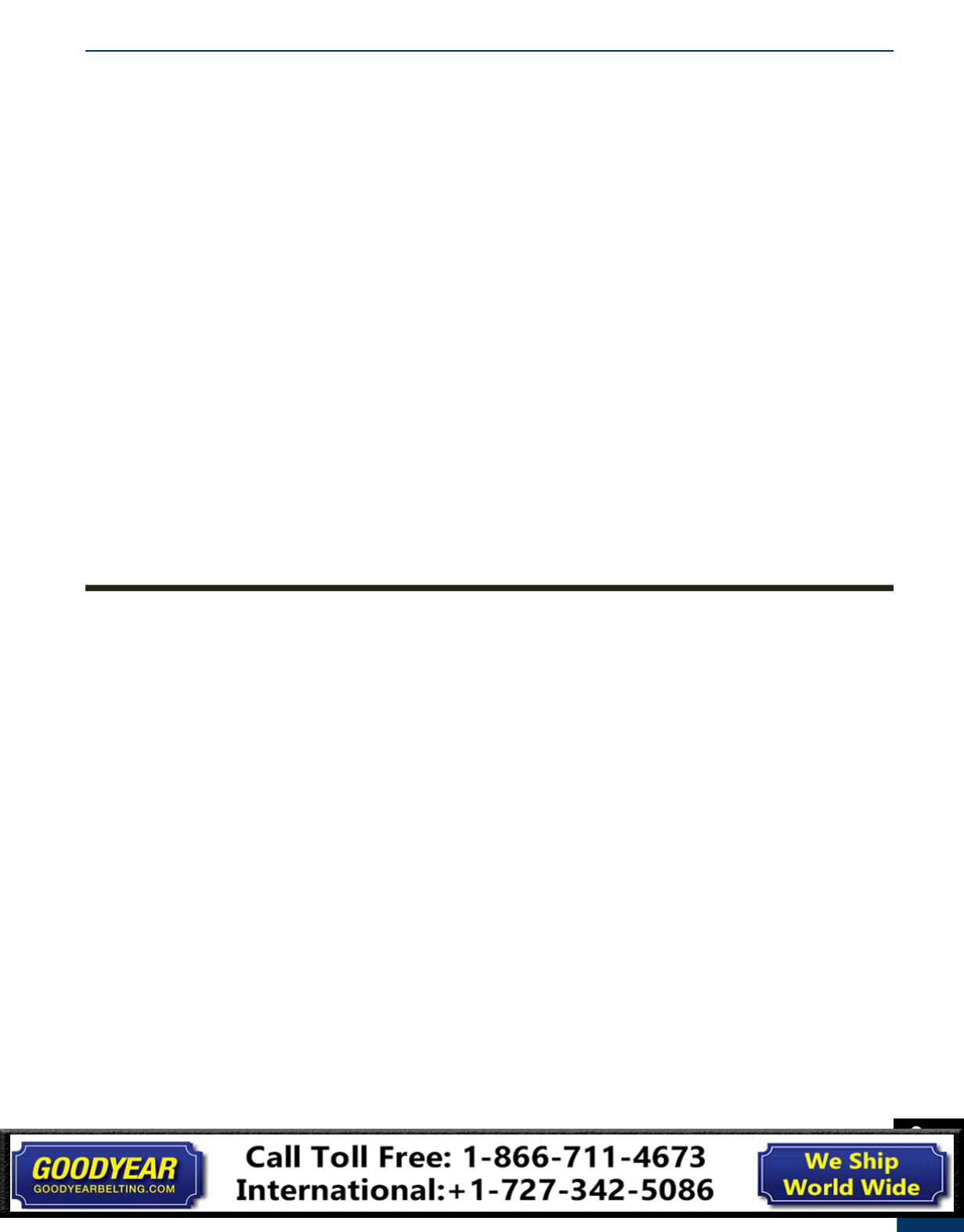

N-3
Technical
DPL417
877.963.4966 •
dixonvalve.comN
Safety
S.T.A.M.P.E.D.
When fabricating and specifying hose assemblies ask the following questions:
S
ize
:
What is the ID (Inside Diameter) of the hose? What is the OD (Outside Diameter) of both ends of
the hose? What is the overall length of the assembly required?
T
emperature
: What is the temperature range of the media (product) that is flowing through the hose assembly?
What is the temperature range of the environment that surrounds the outside of the hose assembly?
A
pplication
: How is the hose assembly actually being used? Is it a pressure application? Is it a vacuum (suction)
application? Is it a gravity flow application? Are there any special requirements that the hose assembly is
expected to perform? Is the hose being used in a horizontal or vertical position? Are there any pulsations or
vibrations acting on the hose assembly?
M
edia
:
What is the media/material that is flowing through the hose assembly? Being specific is critical.
Check for: abrasive materials, chemical compatibility, etc.
P
ressure
:
What is the maximum pressure including surges (or, maximum vacuum) that this hose assembly will be
subjected to? Always rate the maximum working pressure of your hose assembly by the lowest rated
component in the system.
E
nds
:
What couplings have been requested by the user? Are they the proper fittings for the application and hose
selected?
D
ixon
®
:
Dixon
®
recommends that, based on the hose, fittings and attachment method used, all assemblies be
permanently marked with the designed working pressure and intended media. Do not use other
manufacturer’s fittings or ferrules with Dixon
®
products due to the differences in dimensions and tolerances.
We also recommend that all hose assemblies be tested frequently.
Be Safe
: Any questions on application, use or
assembly call 800.355.1991 or email
engineering@dixonvalve.com.
Be Safe
Hose assemblies must be inspected prior to each use. Worn out fittings, attachment devices, hose and accessory items must be
replaced. Retaining devices (safety devices) such as clips, cables or chains must be used. Clamps must be checked regularly
to the specified torque found in Dixon
®
literature. Under no circumstance should any coupling be disconnected while under
pressure unless the coupling is specifically designed to do so. Disconnecting couplings under pressure could result in serious
injury or death, and destruction to property and equipment.
For all hose assemblies in use:
B
eware
- Hose assemblies when used improperly or in the wrong application can be dangerous. The maximum working
pressure shown on the hose is not an indication of the working pressure of the assembly. Based on the hose, fittings
and attachment method used, all assemblies should be permanently marked with the designed working pressure and
the intended media. The assembly working pressure should be permanently displayed. Hose assemblies must be
used for the intended service only. Never alter manufactured product or substitute component parts.
E
liminate
- hazardous conditions by inspecting, maintaining and testing hose assemblies. Dixon
®
recommends that all hose
assemblies be tested in accordance with the hose manufacturer’s specifications. The application determines the
regularity of the re-testing schedule.
S
ecure
- and inspect hose, fittings, clamping devices and safety accessories before each use. Never take for granted that the
coupling or attachment devices are properly installed.
A
lways
- inspect and re-tighten the bolts of any bolt style clamping device to the manufacturer’s torque specifications.
F
ittings
- hose and clamping devices that are worn out or damaged must be removed from service.
E
ducate
- your employees about the proper use, care and potential hazards of hose assemblies. Take advantage of Dixon
®
’s
free Best Practices Safety Assessment and the follow up Training Seminar to aid you in setting up your own
inspection program. Any questions on applications, use or assembly call 800.355.1991 or email
engineering@dixonvalve.com.


















